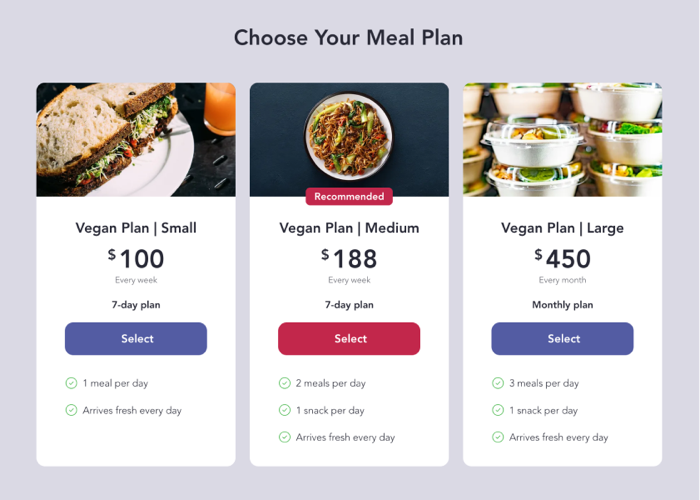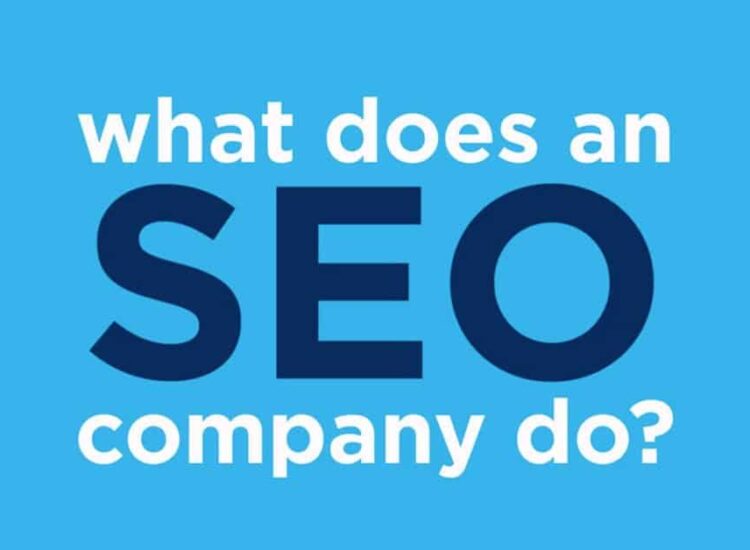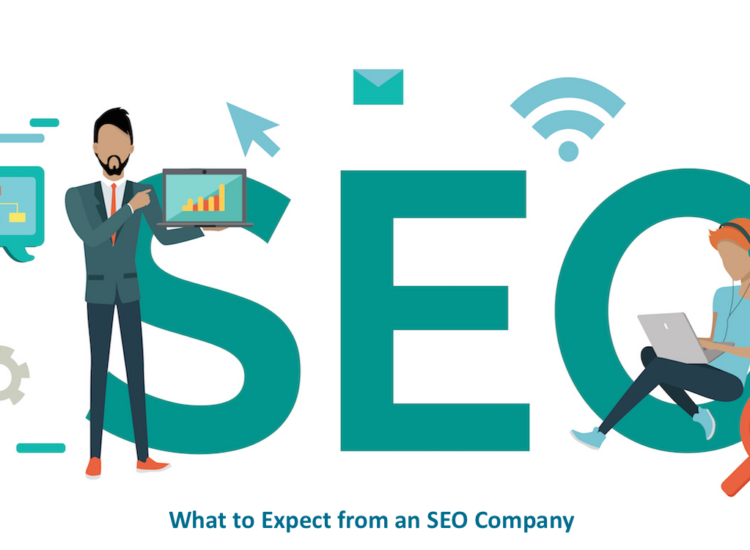In the ever-evolving world of business, the interplay between marketing and advertising is crucial for small businesses to thrive in 2024. By understanding the distinct roles and complementary nature of these strategies, you can create a well-rounded approach that connects with your target audience, builds brand awareness, and drives sustainable growth. Whether you focus on content marketing, social media engagement, or targeted advertising campaigns, the key is to develop a cohesive plan that aligns with your business goals and available resources.
Toc
- 1. Decoding the Differences: Marketing vs- Advertising
- 2. Mastering Marketing Strategies for Small Businesses
- 3. Related articles 01:
- 4. Exploring Advertising Options for Small Businesses
- 5. Related articles 02:
- 6. Choosing the Right Approach: Marketing or Advertising?
- 7. Tips for Success with Marketing and Advertising
- 8. Conclusion
Decoding the Differences: Marketing vs- Advertising

Understanding the differences between marketing and advertising is essential for any small business owner. While the two terms are often used interchangeably, they have distinct meanings and approaches.
Marketing
Marketing is the overarching strategy that encompasses all activities involved in promoting and selling products or services. This includes market research, product development, pricing strategies, distribution, and customer engagement. At its core, marketing aims to understand and meet the needs of the consumer while differentiating the business from its competitors. It requires a deep understanding of your target audience and the dynamics of the marketplace. By crafting a comprehensive marketing plan, small businesses can position themselves effectively, create lasting connections with customers, and foster brand loyalty over time.
Advertising
Advertising, on the other hand, is just one component of marketing—a specific action that involves paying to promote products or services through various media channels. The primary goal of advertising is to reach a broad audience with a persuasive message encouraging them to take action, such as making a purchase or engaging with a brand. Unlike marketing, which is an ongoing process that involves multiple touchpoints with the consumer, advertising is typically time-bound and campaign-driven. It utilizes platforms such as television, radio, print, digital, and social media to create awareness and influence consumer choices. For small businesses, effective advertising requires a clear understanding of the target audience’s preferences and media consumption habits, as well as a strategic allocation of resources to gain maximum exposure and impact.
Mastering Marketing Strategies for Small Businesses

In the digital age, small businesses have a wealth of marketing strategies at their disposal to reach and engage with their target audience. From content marketing and social media to search engine optimization (SEO) and email marketing, these tactics can help you build brand awareness, generate leads, and drive sales. Here are some of the most effective marketing strategies for small businesses:
Content Marketing: Creating Valuable Content
Content marketing is a powerful engine for driving brand awareness and building trust. It’s about strategically crafting content that addresses specific customer pain points and needs. Instead of simply promoting your products or services, you’re providing valuable information that positions your business as an expert in your field.
For example, a small business selling eco-friendly cleaning products could create a blog post titled “5 Natural Cleaning Hacks for a Sparkling Home” that educates readers and positions them as an expert in sustainable home care. This approach not only attracts potential customers but also builds a loyal following who trust your brand’s expertise.
Counterargument: Some argue that content marketing is too time-consuming and doesn’t generate immediate results.
Response: While content marketing requires consistent effort, it builds long-term brand authority and trust, ultimately leading to more qualified leads and sales. Think of it as an investment in your brand’s future, building a foundation for sustainable growth.
Social media marketing is another powerful strategy for small businesses. Leveraging platforms like Facebook, Instagram, LinkedIn, and TikTok allows you to connect with customers, build relationships, and promote your products or services. A well-executed social media marketing strategy can increase brand visibility, drive website traffic, and generate valuable leads.
For instance, a small bakery could host a “National Doughnut Day” giveaway on Instagram, asking followers to tag a friend for a chance to win a dozen doughnuts. This creates engagement, builds excitement, and increases brand visibility.
Counterargument: Some believe social media is only effective for businesses with large budgets and a significant following.
1. https://langdongtamhon.blog/finding-the-right-search-engine-marketing-agency-for-your-business/
2. https://langdongtamhon.blog/business-marketing-degree-a-guide-for-prospective-students/
3. https://langdongtamhon.blog/unlock-your-potential-with-an-online-marketing-masters-degree/
4. https://langdongtamhon.blog/mass-sms-marketing-a-comprehensive-guide-for-small-businesses/
5. https://langdongtamhon.blog/a-comprehensive-guide-to-sendgrid-email-marketing-for-developers/
Response: Even small businesses can achieve success on social media with strategic planning, consistent engagement, and a focus on building relationships with their audience.
Search Engine Optimization (SEO): Boosting Online Visibility
Optimizing your website’s content and structure to rank higher in search engine results pages (SERPs) is a long-term strategy that can pay dividends. By improving your SEO, you can attract more organic traffic to your website, increase your brand’s visibility, and generate qualified leads. Small businesses should focus on keyword research, on-page optimization, and building backlinks to improve their search rankings.
For example, a local plumbing service could optimize their website for keywords like “emergency plumbing in [Your City]” to attract local customers searching for urgent help.
Email Marketing: Nurturing Customer Relationships
Email marketing allows you to build relationships with customers, nurture leads, and promote your offerings through targeted communication. Crafting a well-designed email campaign can drive sales, foster customer loyalty, and keep your brand top of mind.
For instance, a subscription box service could send regular newsletters with exclusive offers, product recommendations, and personalized content to engage subscribers and encourage repeat purchases.
Local Marketing: Engaging Your Community
Focusing on your local market can be a highly effective way to reach and engage with your community. Strategies such as local SEO, directory listings, community involvement, and partnerships with nearby businesses can increase your visibility and strengthen your ties within your geographical area.
For example, a local coffee shop could participate in community events, collaborate with local artists for exhibitions, and optimize their Google My Business listing to attract more foot traffic.
Exploring Advertising Options for Small Businesses
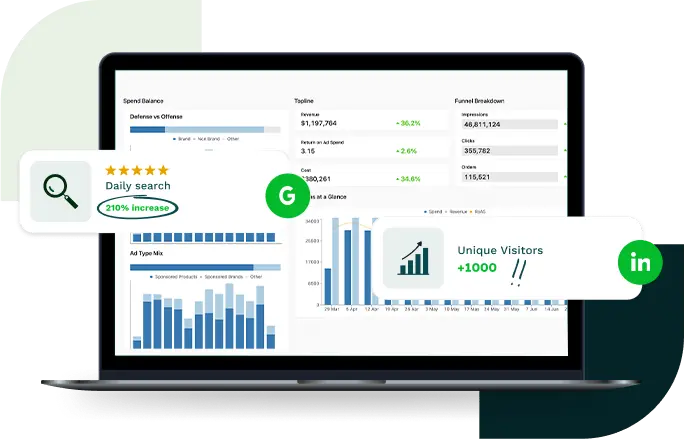
While marketing lays the groundwork, advertising can amplify your reach and impact. Here are some key advertising options to consider for your small business:
Online Advertising: Targeting Your Audience
Online advertising is a powerful tool for small businesses looking to reach a targeted audience. Platforms like Google Ads, Facebook Ads, Instagram Ads, and LinkedIn Ads allow you to create highly targeted and measurable advertising campaigns. The ability to precisely target your audience and track the results makes online advertising a powerful tool for small businesses.
For example, a local gym could run targeted Facebook ads promoting a limited-time membership discount to users within a specific geographic area.
Print Advertising: Reaching a Broader Audience
Despite the rise of digital, traditional print media still holds value. Newspapers, magazines, and direct mailers can effectively reach a broad audience and build brand credibility. While the reach and measurability may be more limited compared to digital options, print advertising can complement your overall marketing strategy.
A local restaurant might consider using print advertising to promote a special event, like a wine tasting night, in the local newspaper.
Radio Advertising: Creating Memorable Experiences
Radio advertising allows you to reach a large audience and create a memorable brand experience through audio messaging. By targeting specific demographics and listener interests, you can effectively promote your products or services.
For instance, a family-owned furniture store could advertise their seasonal sales on local radio stations that cater to their target demographic.
Television Advertising: Making a Lasting Impact
Television advertising, while more expensive, can be a powerful way to reach a massive audience and create a lasting brand impact through visual storytelling. This approach may be more suitable for established small businesses with a larger marketing budget.
1. https://langdongtamhon.blog/unlock-your-potential-with-an-online-marketing-masters-degree/
2. https://langdongtamhon.blog/mass-sms-marketing-a-comprehensive-guide-for-small-businesses/
3. https://langdongtamhon.blog/finding-the-right-search-engine-marketing-agency-for-your-business/
4. https://langdongtamhon.blog/business-marketing-degree-a-guide-for-prospective-students/
5. https://langdongtamhon.blog/a-comprehensive-guide-to-sendgrid-email-marketing-for-developers/
For example, a regional home improvement store could create engaging TV commercials showcasing their unique products and services to attract new customers.
Choosing the Right Approach: Marketing or Advertising?
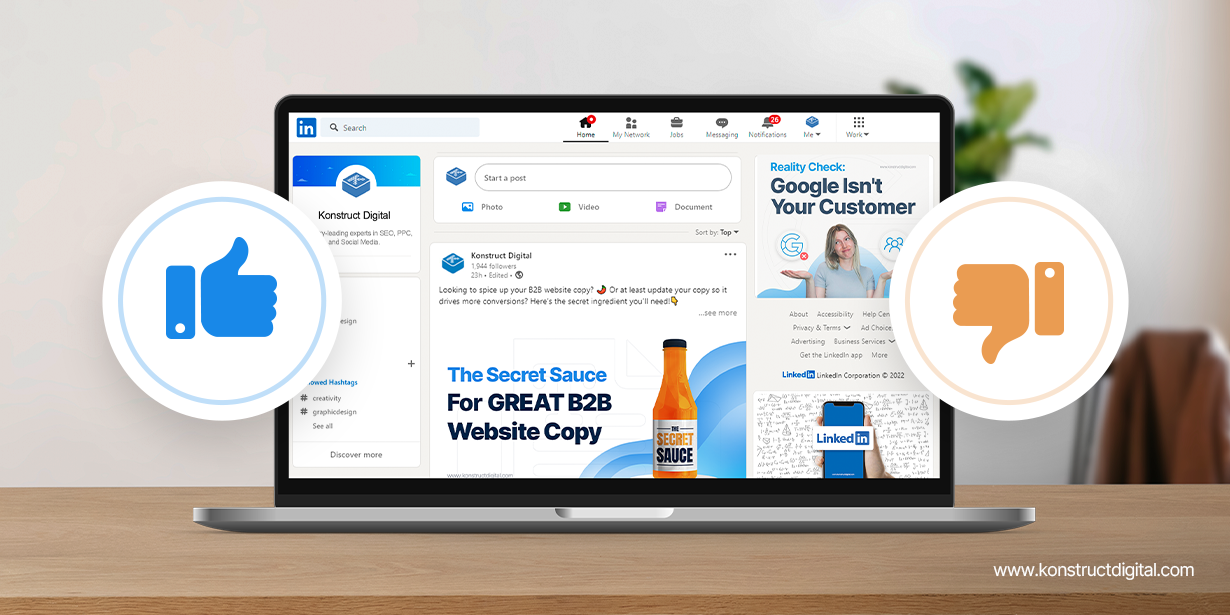
Deciding whether to focus on marketing or advertising for your small business in 2024 depends on your specific goals, budget, and resources. Here are some key factors to consider:
Consider Your Goals
If your primary aim is to build brand awareness and establish your business as an authority in your industry, content marketing and social media marketing strategies may be the most effective. Conversely, if your goal is to generate leads and drive sales quickly, online advertising, email marketing, and SEO could be more impactful.
Assess Your Budget
Advertising can be a more costly endeavor, requiring a significant upfront investment. In contrast, many marketing strategies, such as content creation and social media engagement, can be more cost-effective, especially when you’re starting out. Consider starting with organic marketing efforts and gradually incorporating paid advertising as your budget allows.
Evaluate Your Resources
Both marketing and advertising require time, effort, and expertise to execute effectively. If you don’t have the in-house resources to manage these activities, consider partnering with a marketing agency or freelancer. Alternatively, if you have the time and skills to handle marketing yourself, there are many affordable tools and platforms available to help you get started.
Tips for Success with Marketing and Advertising
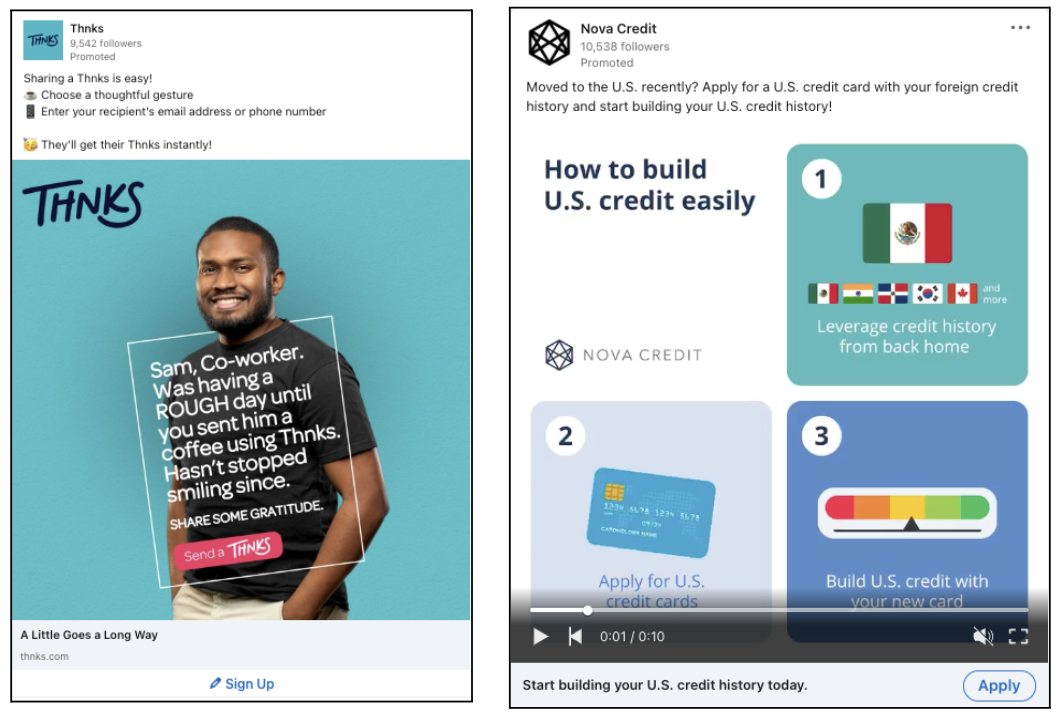
Regardless of your chosen approach, here are some tips to help you maximize the impact of your marketing and advertising efforts:
Know Your Target Audience
Understanding your target audience is crucial for crafting effective marketing and advertising strategies. Conduct thorough market research to identify the demographics, interests, and behaviors of your ideal customers. Use this information to tailor your messaging and choose the right platforms to reach them. Personalization can significantly enhance engagement and conversion rates, as customers are more likely to respond to content that resonates with their specific needs and preferences. Additionally, continually testing and analyzing your campaigns will allow you to refine your approach over time, making adjustments based on what works best for your audience.
Leverage Analytics for Improvement
Analytics play a pivotal role in refining your marketing and advertising strategies. By closely monitoring key performance indicators (KPIs) such as conversion rates, click-through rates, and customer acquisition costs, you can gain valuable insights into what strategies are working and where there may be room for improvement. Utilize analytics tools to track user behavior on your website or social media platforms, and use this data to optimize your campaigns for better performance. It’s essential to stay agile and flexible, ready to adapt your tactics based on the data you gather. This approach not only helps maximize your return on investment but also ensures you remain aligned with ever-evolving market trends and consumer behaviors.
Innovate with Creativity
Harnessing creativity in your marketing and advertising strategies can set your business apart from competitors. Think outside the box to create unique campaigns that capture attention and appeal to your target audience’s emotions. This could involve utilizing storytelling to communicate your brand’s values and mission or integrating interactive elements like quizzes or challenges that engage users on a personal level. Sometimes, simple yet creative content like compelling visuals, catchy slogans, or humorous ads can leave a lasting impression and foster brand loyalty. Encourage your team to brainstorm and experiment with different ideas to discover what resonates best with your audience. Creativity not only enhances brand identity but also drives customer engagement, leading to increased sales and growth. Remember, in a world saturated with advertising, a fresh, creative approach can make all the difference.
Focus on Building Relationships
Establishing and nurturing relationships with your customers is essential for long-term success in marketing and advertising. Engage with your audience through multiple touchpoints, such as social media interactions, personalized emails, or exclusive loyalty programs. Building relationships is not just about selling a product or service, but about creating a sense of community and trust. Encourage customer feedback and actively listen to their needs and concerns, ensuring you adapt your offerings to meet their evolving expectations. By demonstrating genuine interest and care for your customers, you can foster strong brand loyalty and transform satisfied customers into brand advocates who will promote your business through word-of-mouth, ultimately helping to expand your reach and influence.
Conclusion
In conclusion, choosing between marketing and advertising requires a thoughtful analysis of your business’s unique circumstances. Whether you’re at the helm of a bustling startup or steering the growth of a well-established small business, aligning your strategies with your goals, budget, and available resources is critical for success. Although both marketing and advertising have their distinct roles, integrating them effectively can amplify your impact, uniting brand awareness efforts with direct sales initiatives. Embrace a balanced approach that leverages creativity, data, and customer relationships, and remain open to innovation as you navigate the dynamic landscape of 2024 and beyond. By doing so, your business will be well-positioned to not just survive, but thrive in an ever-evolving marketplace.

